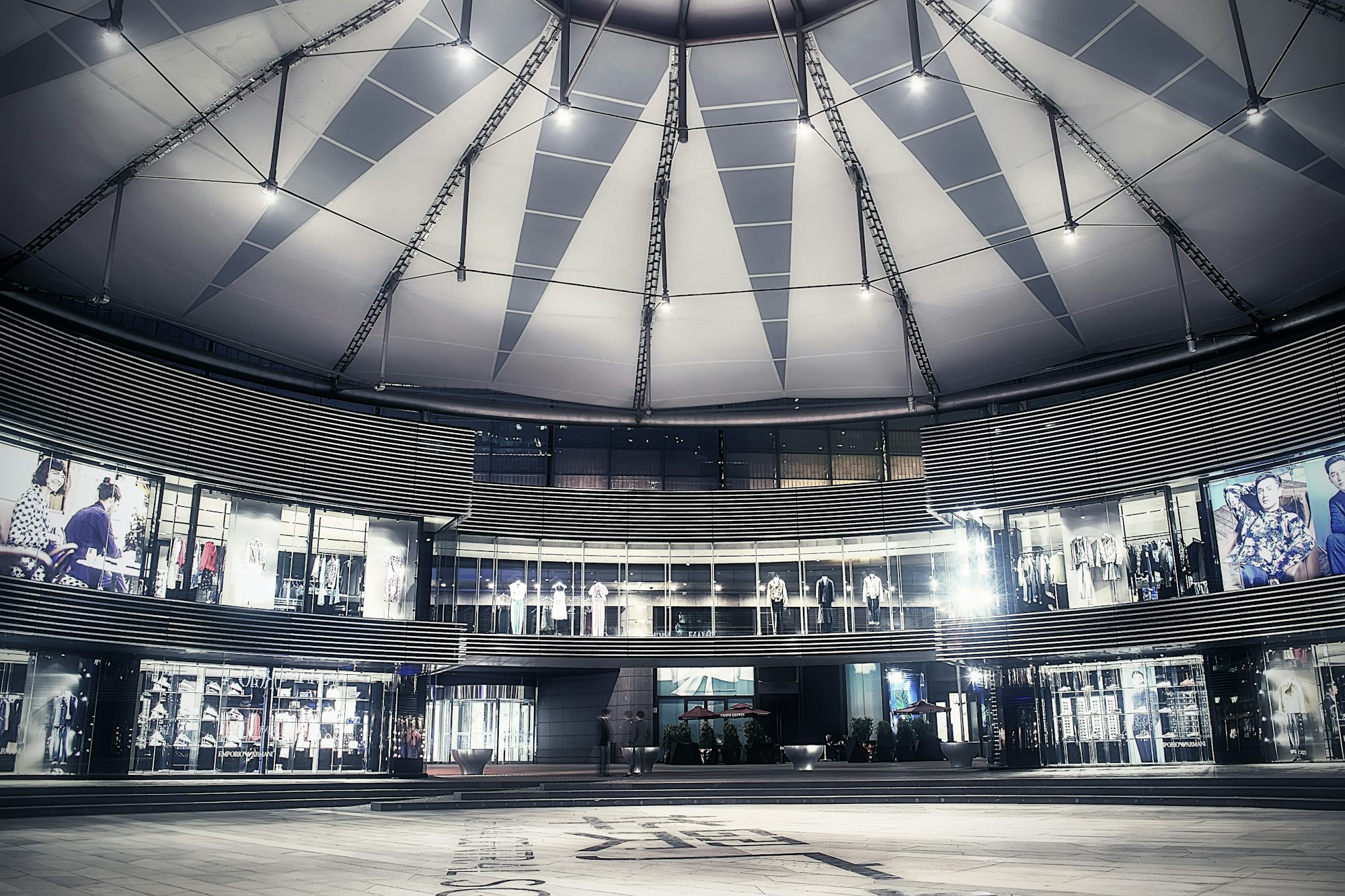
Reimagining Retail: The Impact of Technology on Shopping Experiences
The rapid growth of e-commerce has been one of the most significant developments in retail over the past decade. Online shopping offers unparalleled convenience, allowing consumers to browse, compare prices, and make purchases from the comfort of their homes. This shift has compelled traditional brick-and-mortar stores to adapt their strategies. Many retailers have enhanced their online presence, creating user-friendly websites and mobile applications that streamline the shopping process. By offering features like easy navigation, detailed product descriptions, and customer reviews, retailers can provide an engaging online shopping experience that mimics the tactile nature of in-store browsing.
However, the growth of e-commerce doesn't diminish the importance of physical stores. Instead, many retailers are adopting a hybrid model that integrates both online and offline shopping experiences. This approach allows consumers to research products online before visiting a store, where they can see and feel the items firsthand. Additionally, many stores now offer services such as click-and-collect, where customers can order online and pick up their purchases in-store, blending the best of both worlds. This model not only enhances customer convenience but also drives foot traffic to physical locations.
One of the most exciting technological advancements in retail is the integration of augmented reality (AR). AR provides consumers with interactive experiences that allow them to visualize products in their own environments before making a purchase. For example, furniture retailers have adopted AR applications that enable customers to see how a sofa or table would look in their living rooms. This capability not only helps consumers make informed decisions but also reduces the likelihood of returns, benefiting both retailers and customers.
Furthermore, retailers are leveraging virtual reality (VR) to create immersive shopping experiences. Some brands have developed VR showrooms where customers can explore products in a virtual environment. This innovative approach can be particularly effective in industries such as fashion and home décor, where visual aesthetics play a crucial role in the purchasing decision. By allowing consumers to engage with products in a virtual space, retailers can create memorable experiences that differentiate their brands in a competitive market.
Artificial intelligence (AI) is another transformative technology reshaping the retail sector. AI algorithms can analyze vast amounts of consumer data, enabling retailers to gain insights into shopping behaviors, preferences, and trends. This information allows brands to personalize their marketing strategies and product offerings. For instance, when customers log into an online store, they may see tailored product recommendations based on their previous purchases and browsing history. This level of personalization enhances the shopping experience, making consumers feel valued and understood.
Moreover, AI-powered chatbots are increasingly being used to enhance customer service. These virtual assistants can answer questions, provide product recommendations, and assist with order tracking, offering immediate support to consumers. By implementing chatbots, retailers can ensure that customer inquiries are addressed promptly, improving overall satisfaction and engagement.
The shift toward personalization extends to loyalty programs as well. Many retailers are using technology to create customized loyalty rewards based on individual shopping habits. For example, a grocery store might offer personalized discounts on frequently purchased items, encouraging customers to return for future purchases. By leveraging data to tailor loyalty programs, retailers can foster long-term relationships with their customers, driving repeat business.
In addition to enhancing customer experiences, technology is also streamlining inventory management for retailers. Advanced inventory systems utilize real-time data analytics to track stock levels, sales trends, and customer demand. This capability enables retailers to optimize their supply chains, reduce excess inventory, and ensure that popular products are always in stock. By improving inventory management, retailers can enhance efficiency and reduce costs, ultimately leading to increased profitability.
Sustainability is another area where technology is making a positive impact in retail. Many consumers today are conscious of their environmental footprint and prefer to shop with brands that prioritize sustainability. Retailers are responding by implementing technologies that promote eco-friendly practices. For example, some companies are adopting RFID (radio-frequency identification) technology to improve supply chain transparency and reduce waste. This technology allows retailers to track products throughout their lifecycle, ensuring responsible sourcing and disposal.
Moreover, some retailers are using technology to promote sustainable consumption. Apps that help consumers track their carbon footprints or provide information on the environmental impact of products are becoming increasingly popular. By empowering consumers with knowledge, retailers can encourage more responsible purchasing decisions that align with sustainable values.
As we look to the future, the role of technology in retail will only continue to grow. Emerging technologies, such as blockchain and the Internet of Things (IoT), promise to further revolutionize the shopping experience. Blockchain can enhance transparency in supply chains, allowing consumers to verify the origins of products. IoT devices can enable smart shopping experiences, where connected appliances automatically reorder supplies when running low.
In conclusion, technology is reshaping the retail landscape, creating innovative shopping experiences merch that cater to the evolving preferences of consumers. From the growth of e-commerce and personalized marketing to the integration of augmented and virtual reality, retailers have the opportunity to engage with customers in new and exciting ways. As technology continues to advance, businesses that embrace these changes and prioritize customer experience will thrive in an increasingly competitive market. The future of retail is not just about transactions; it's about creating meaningful connections that enhance the overall shopping experience.